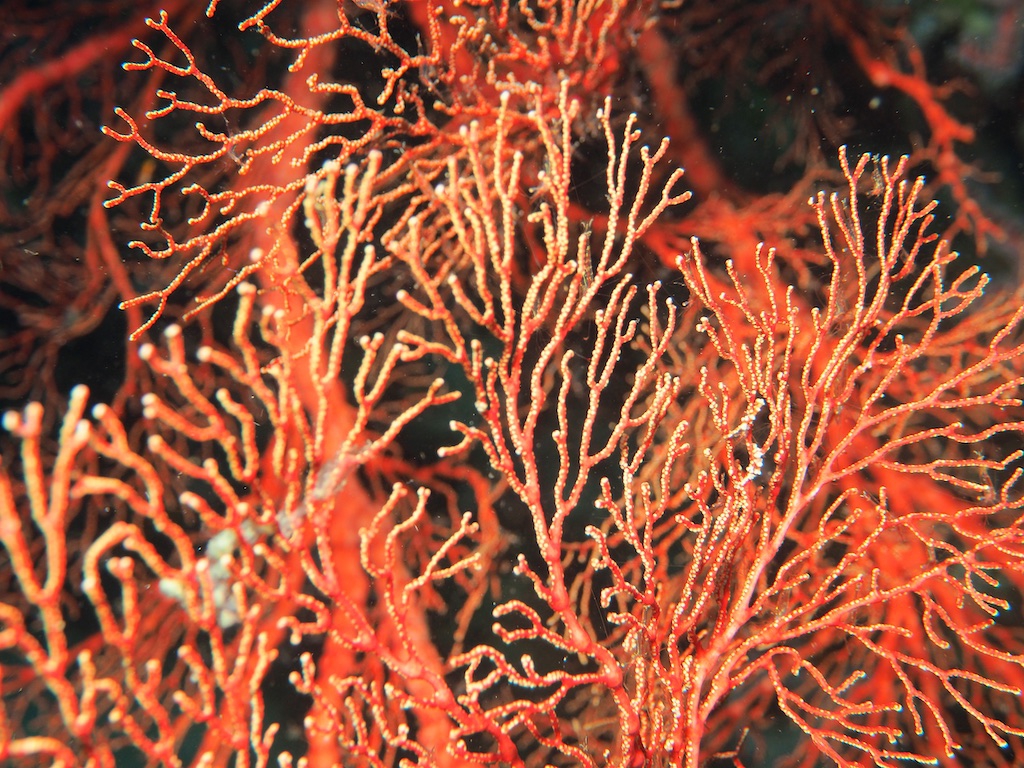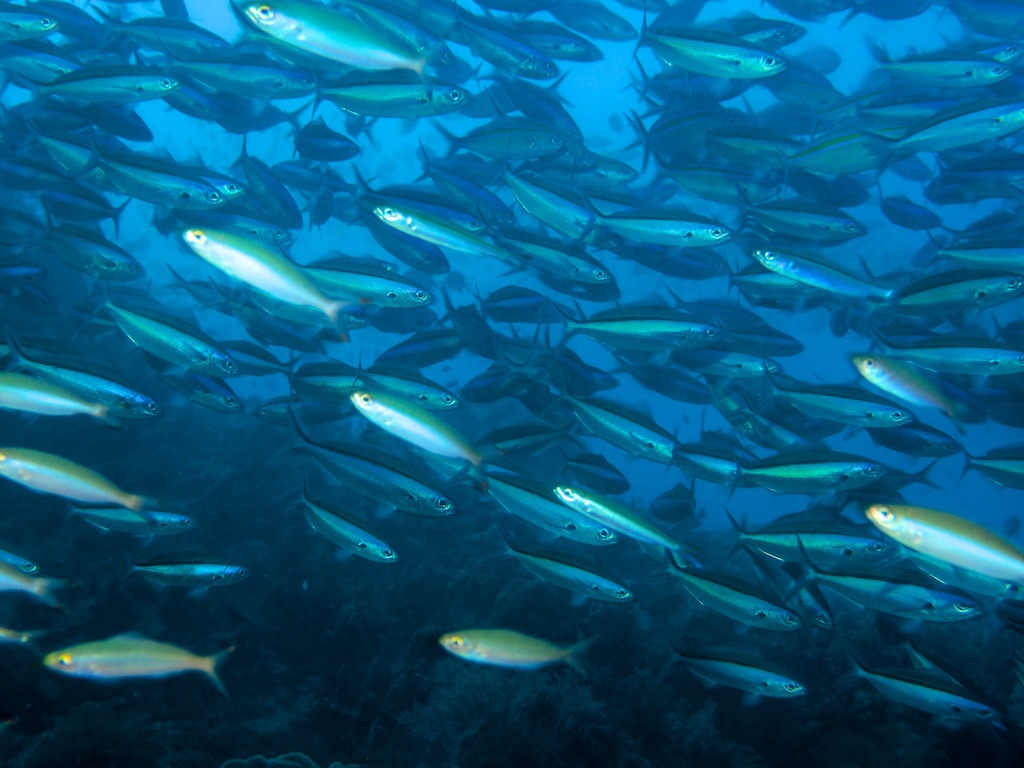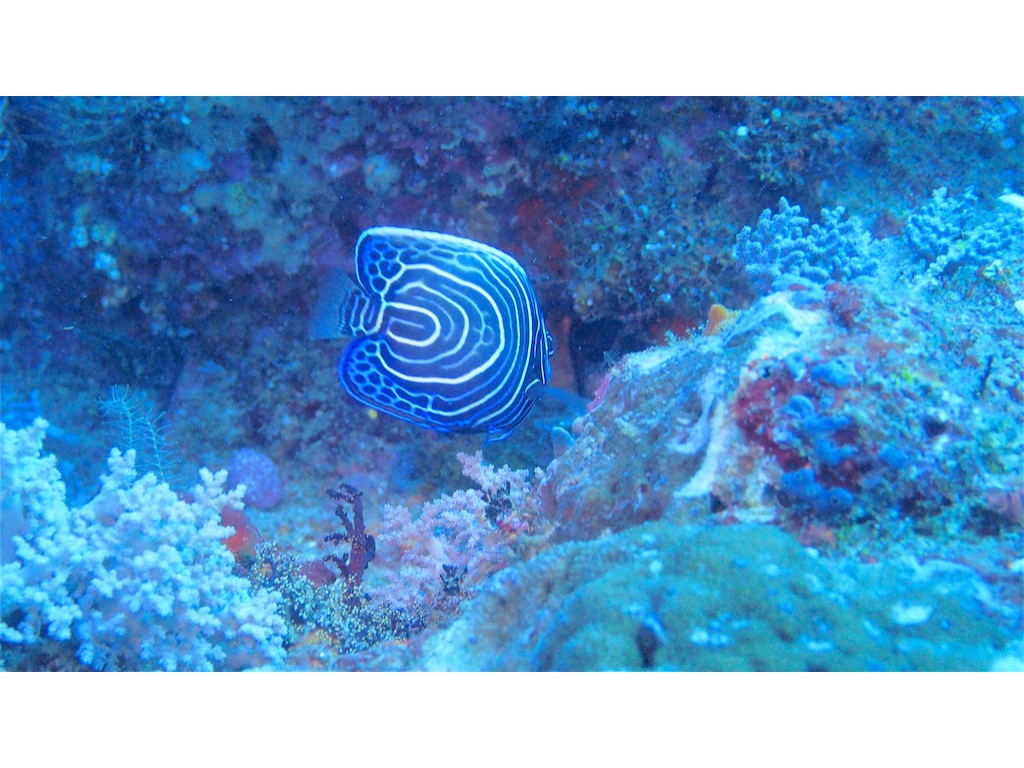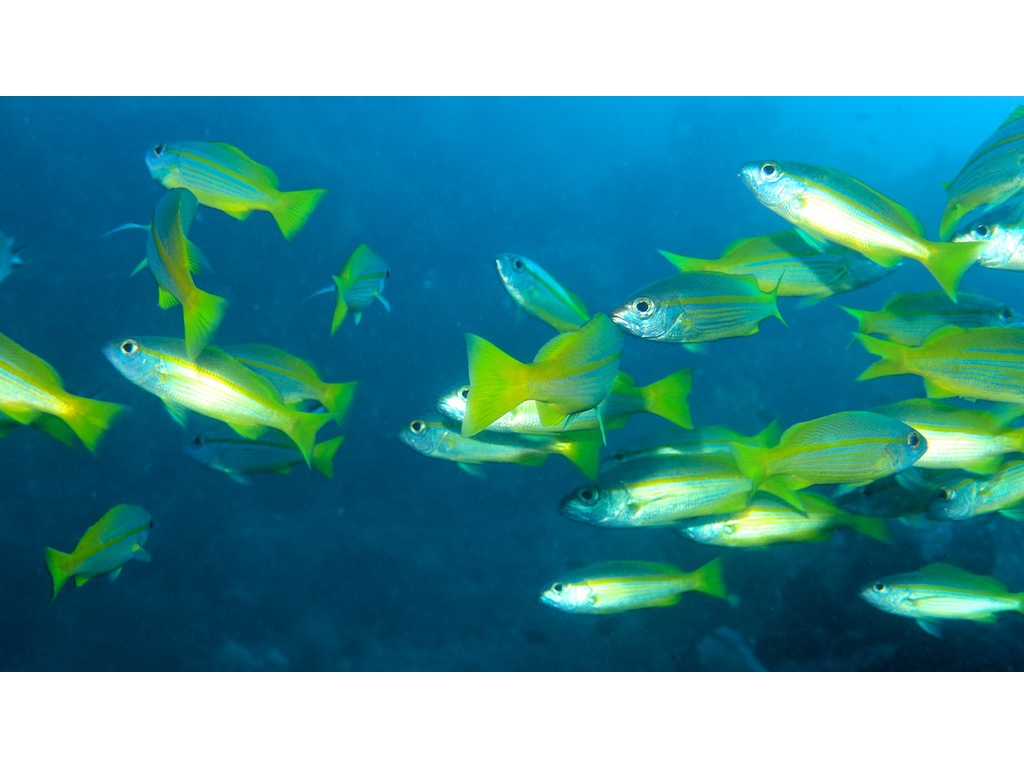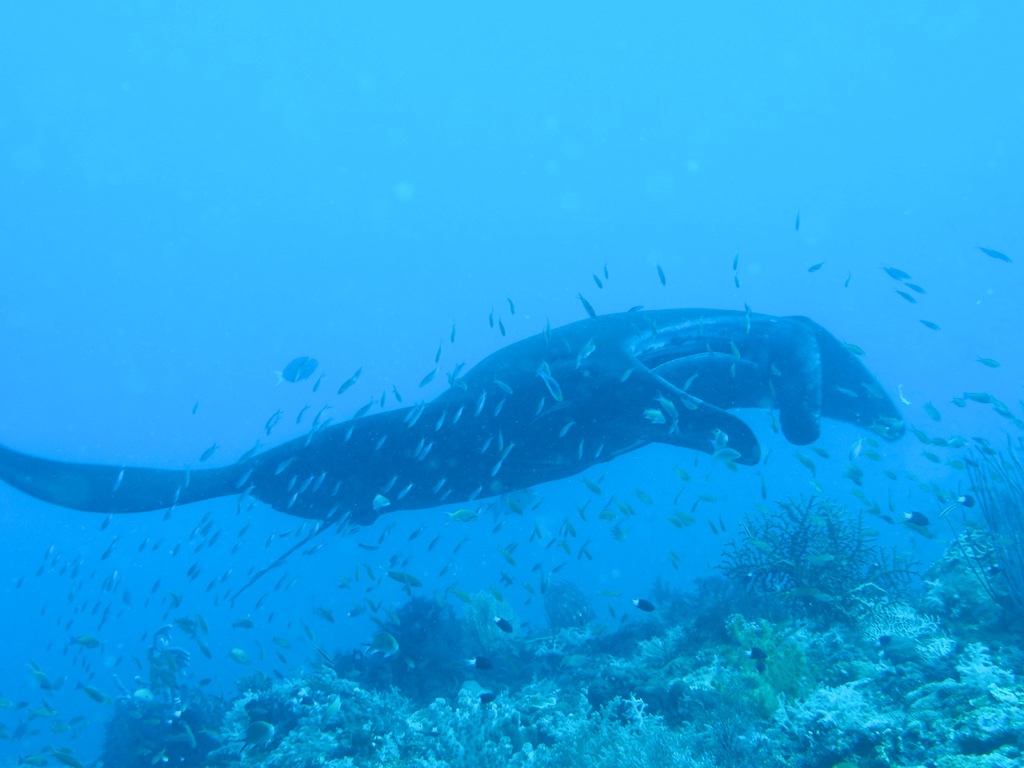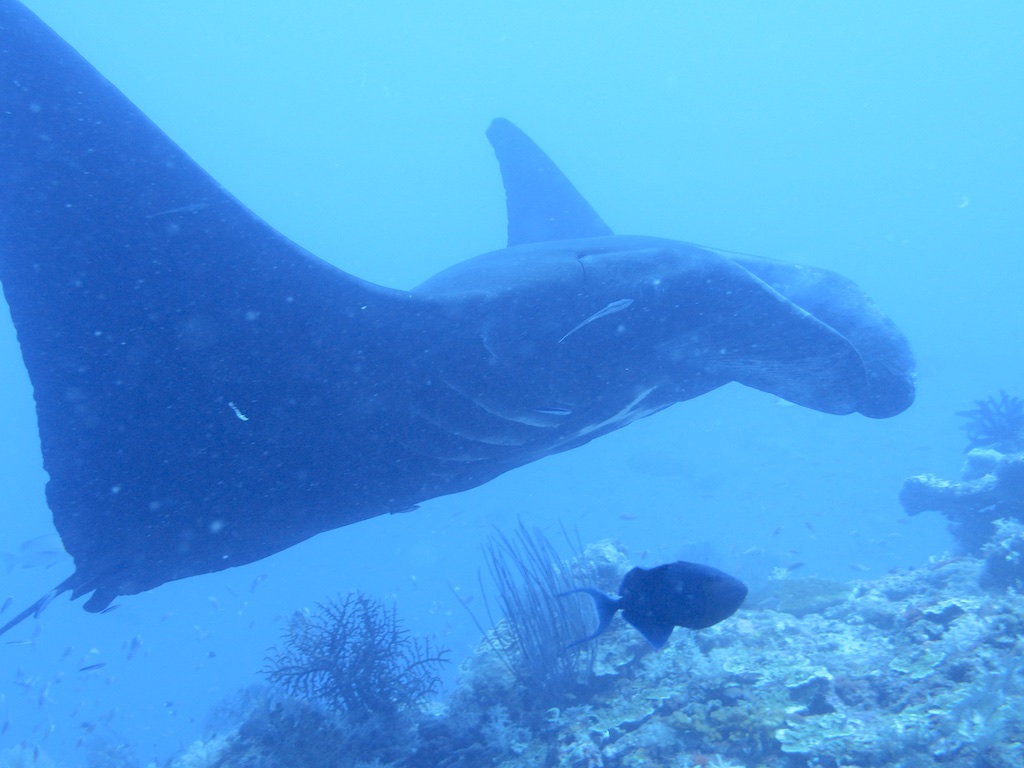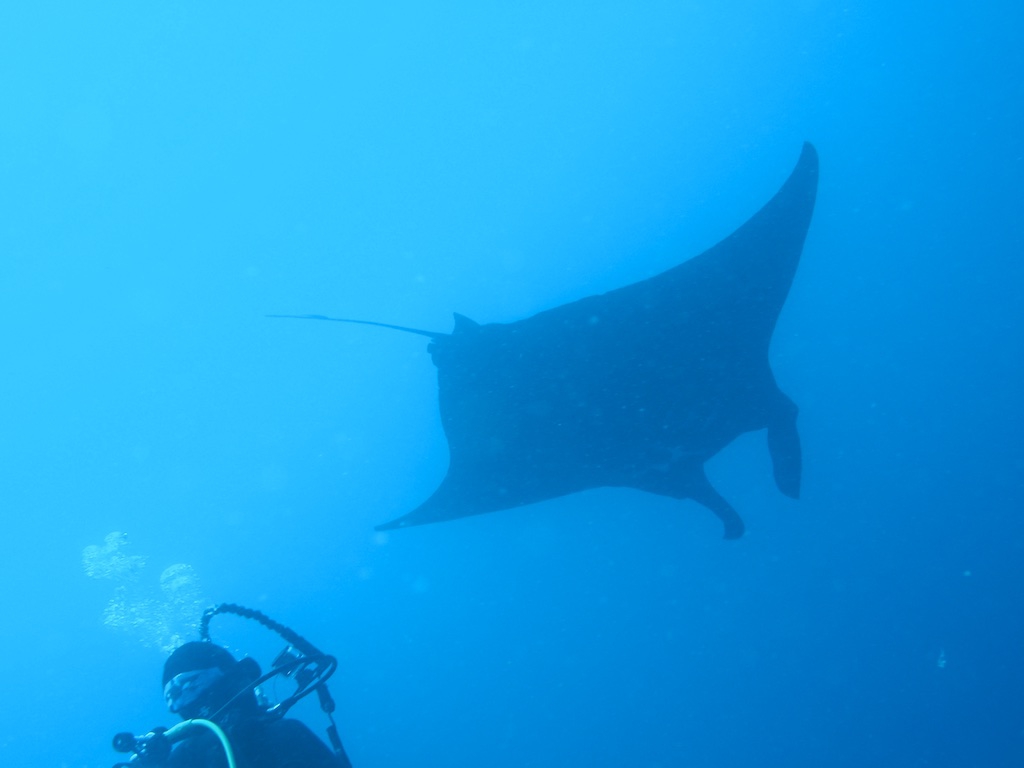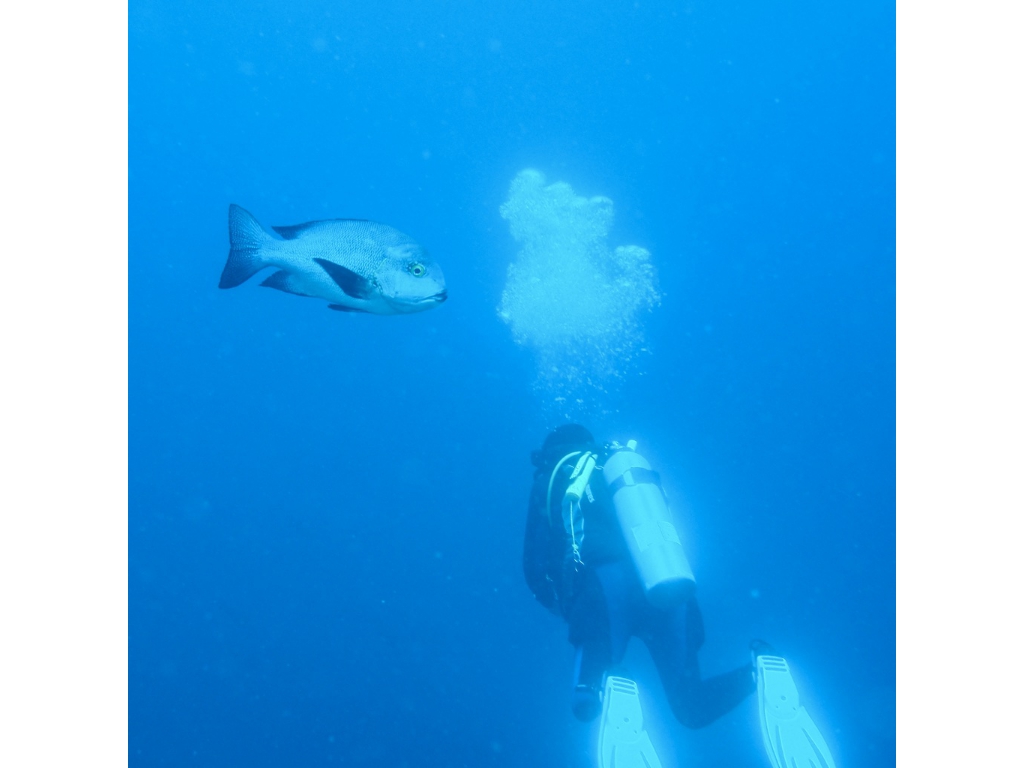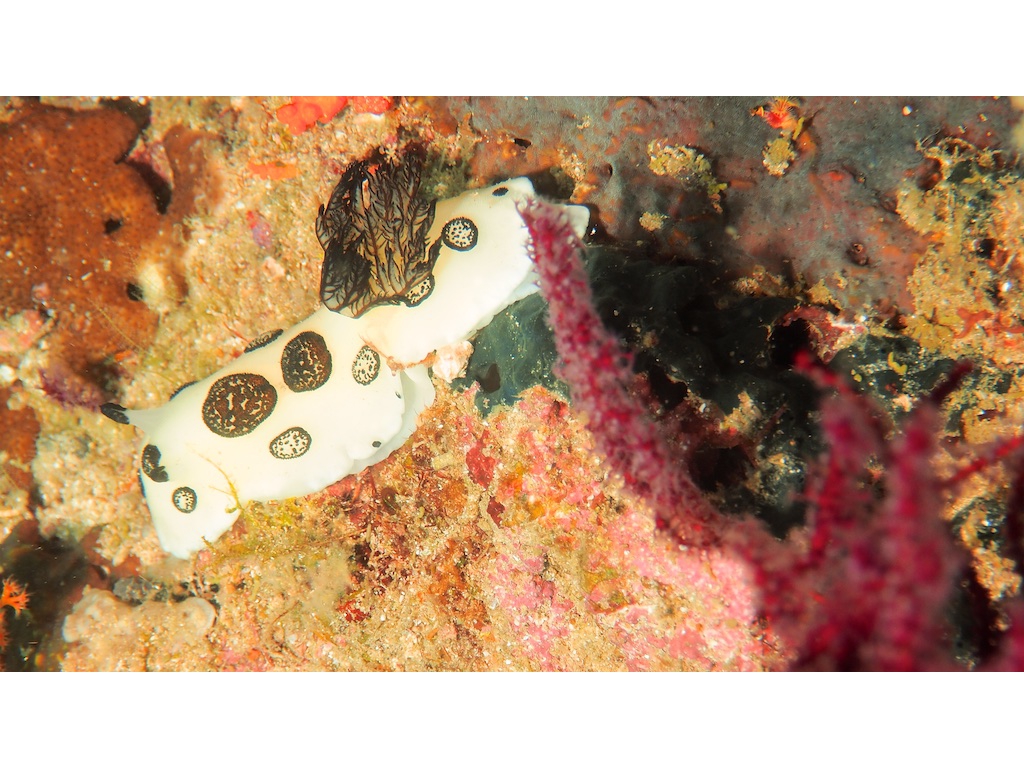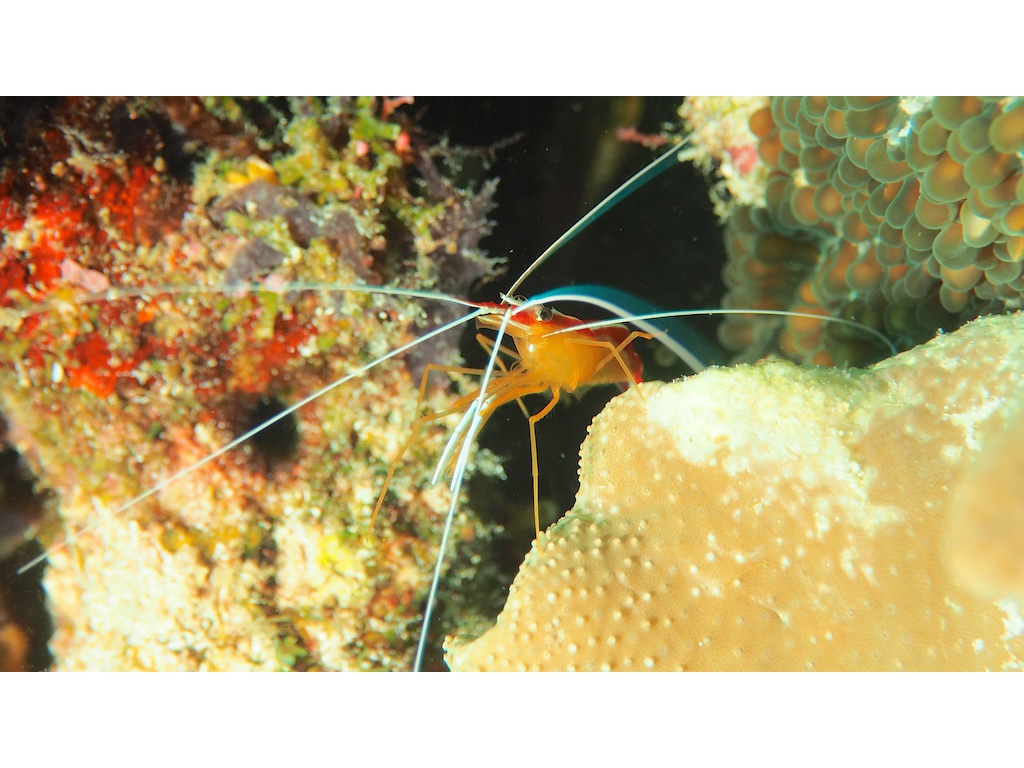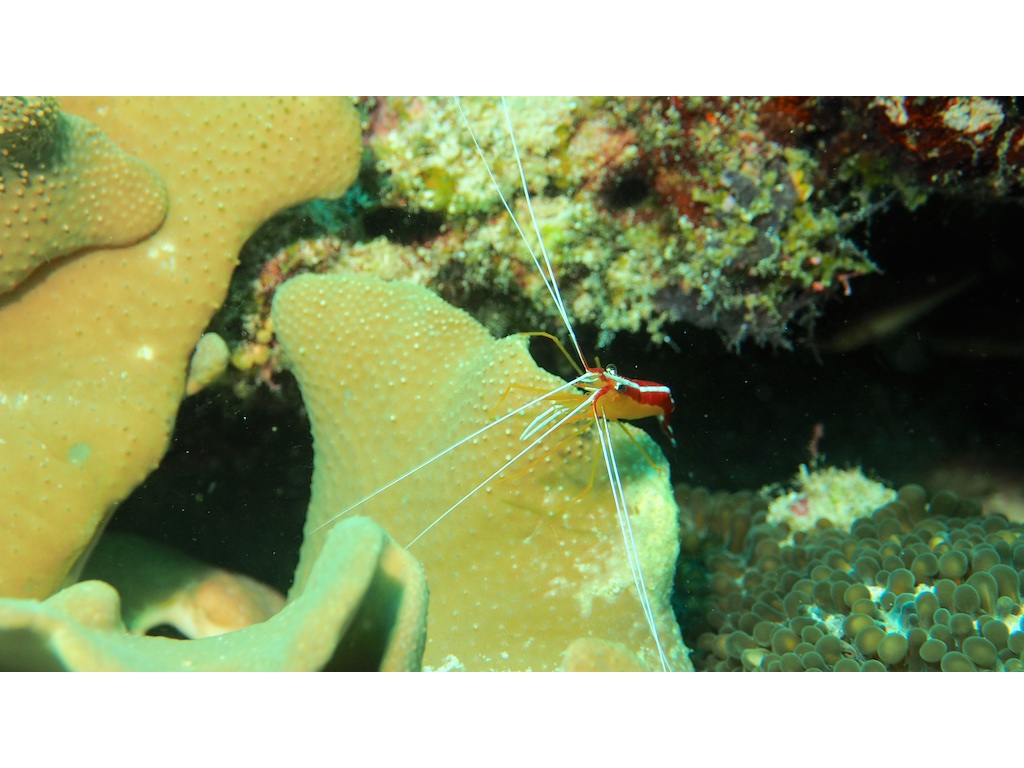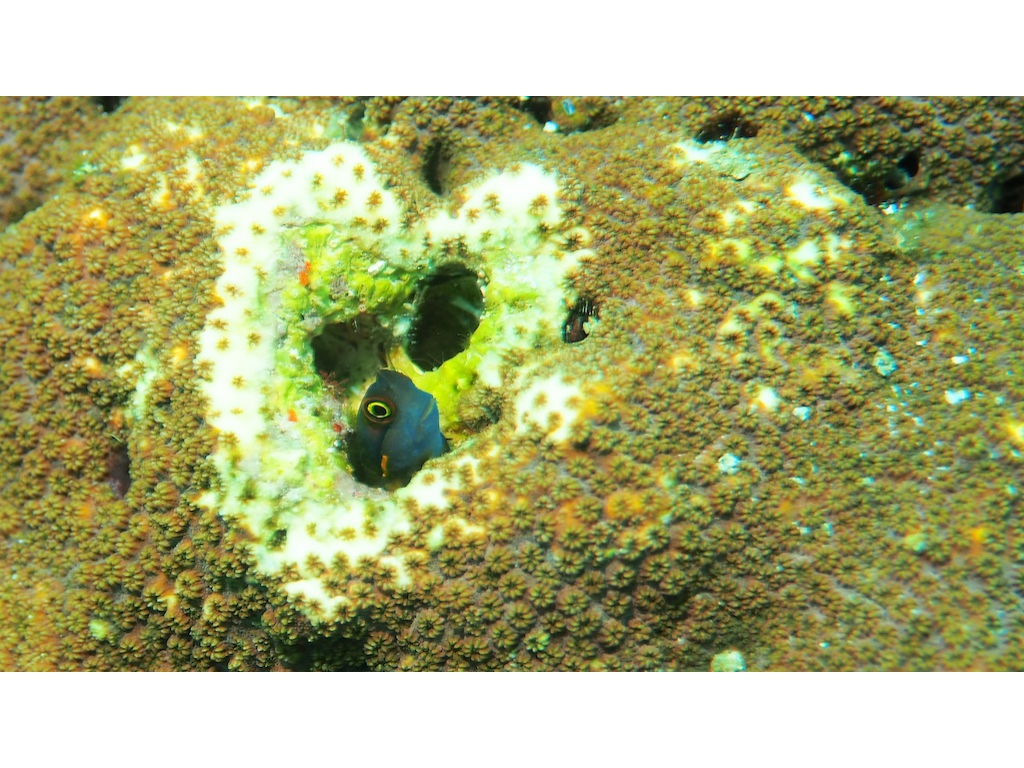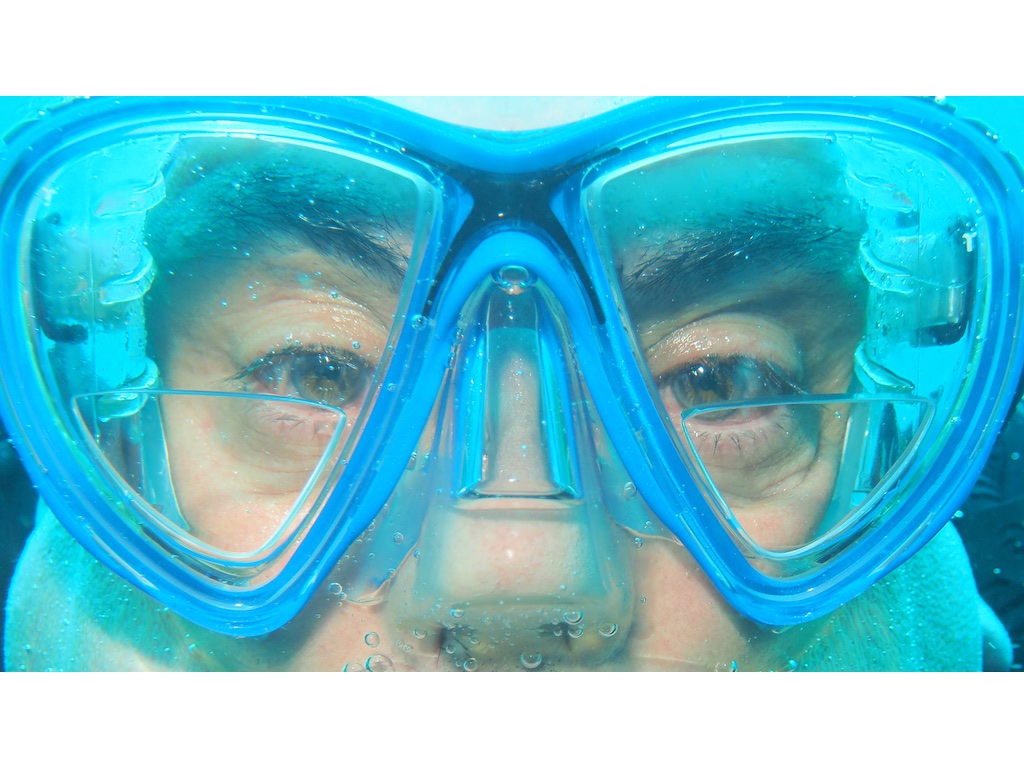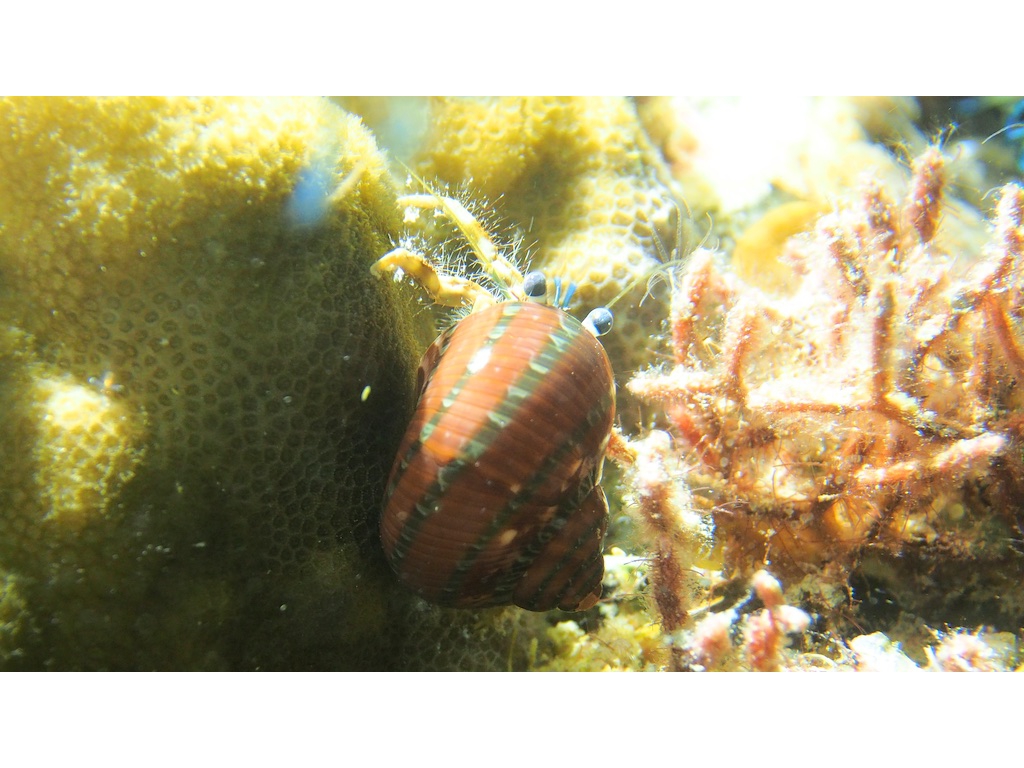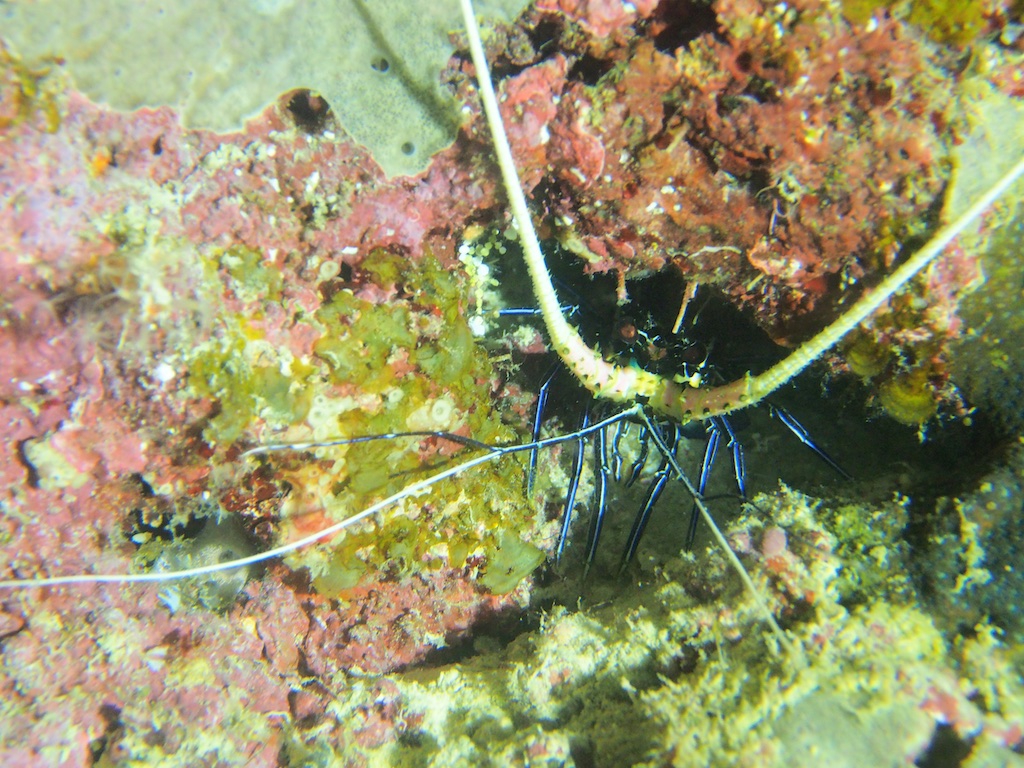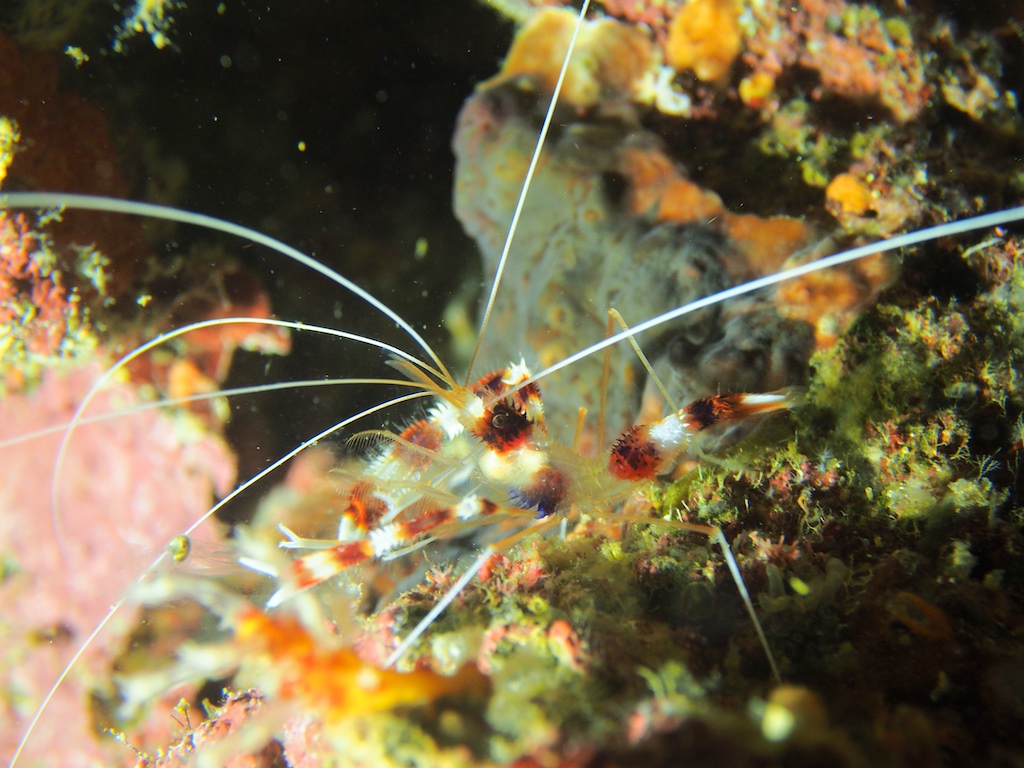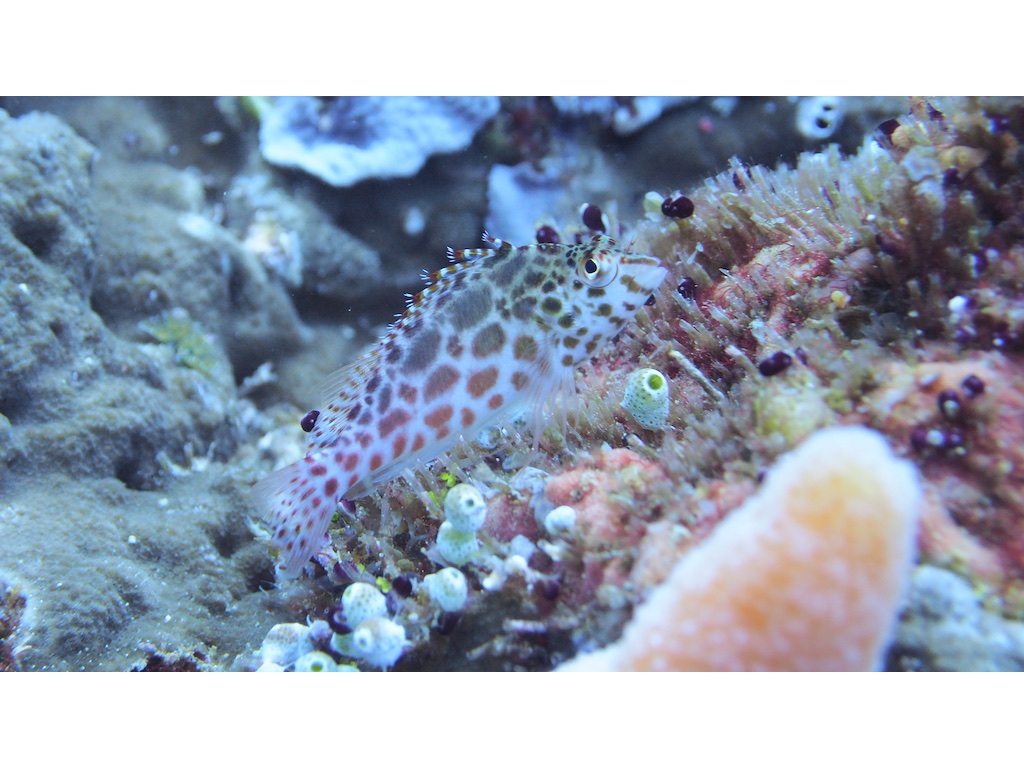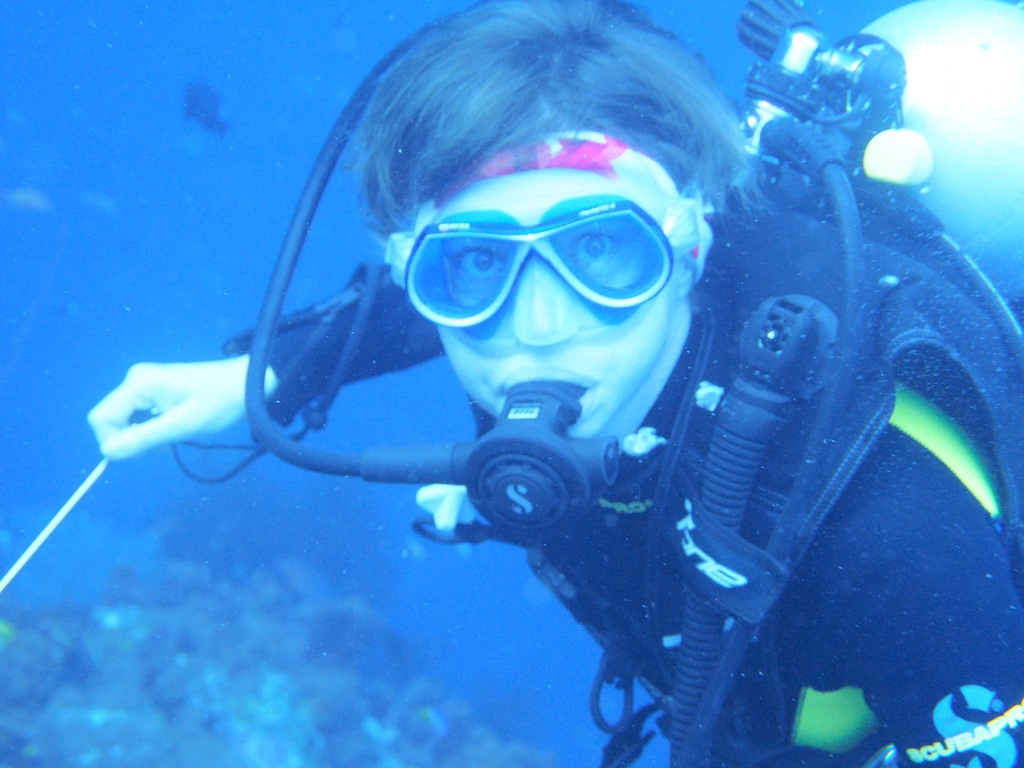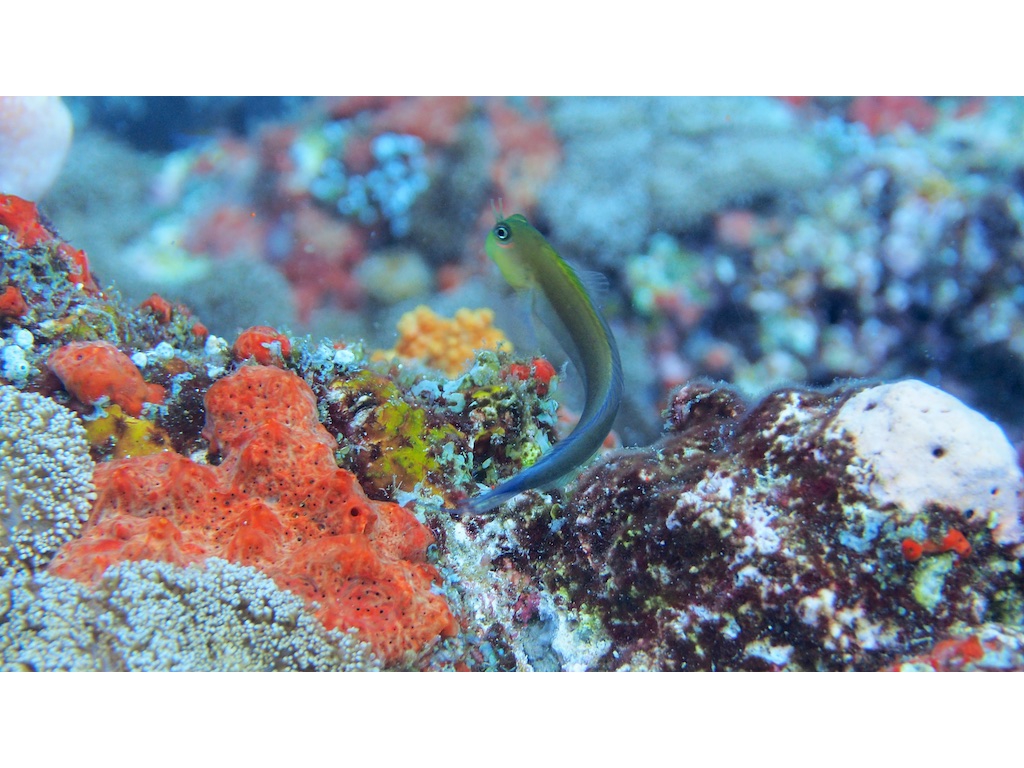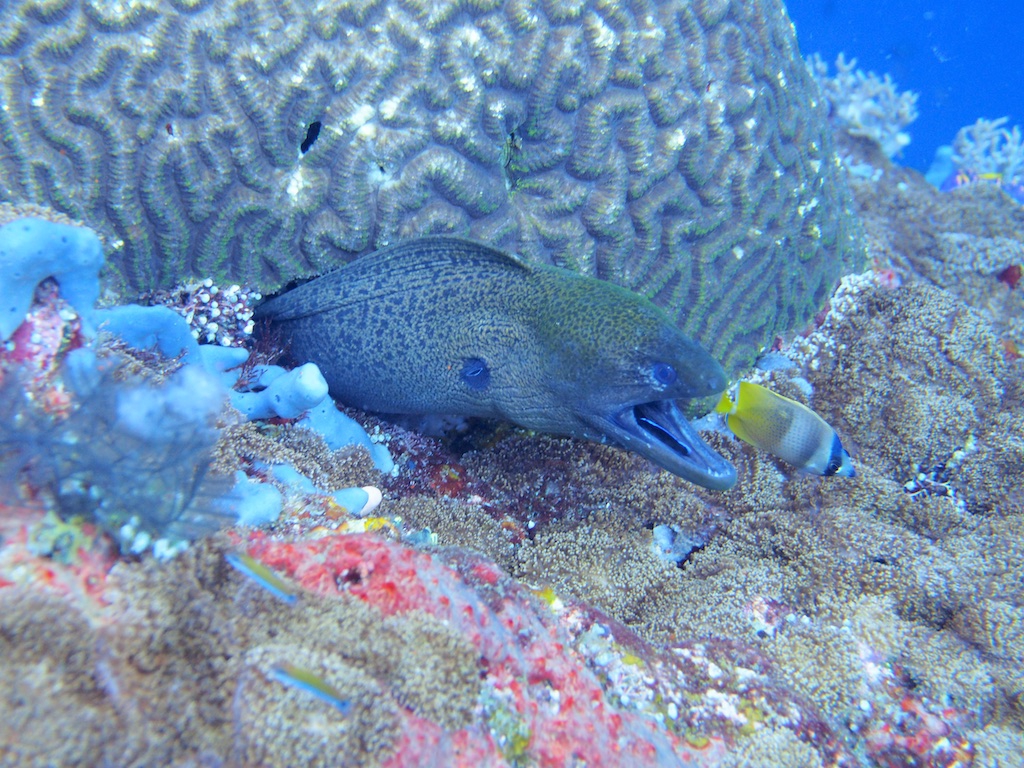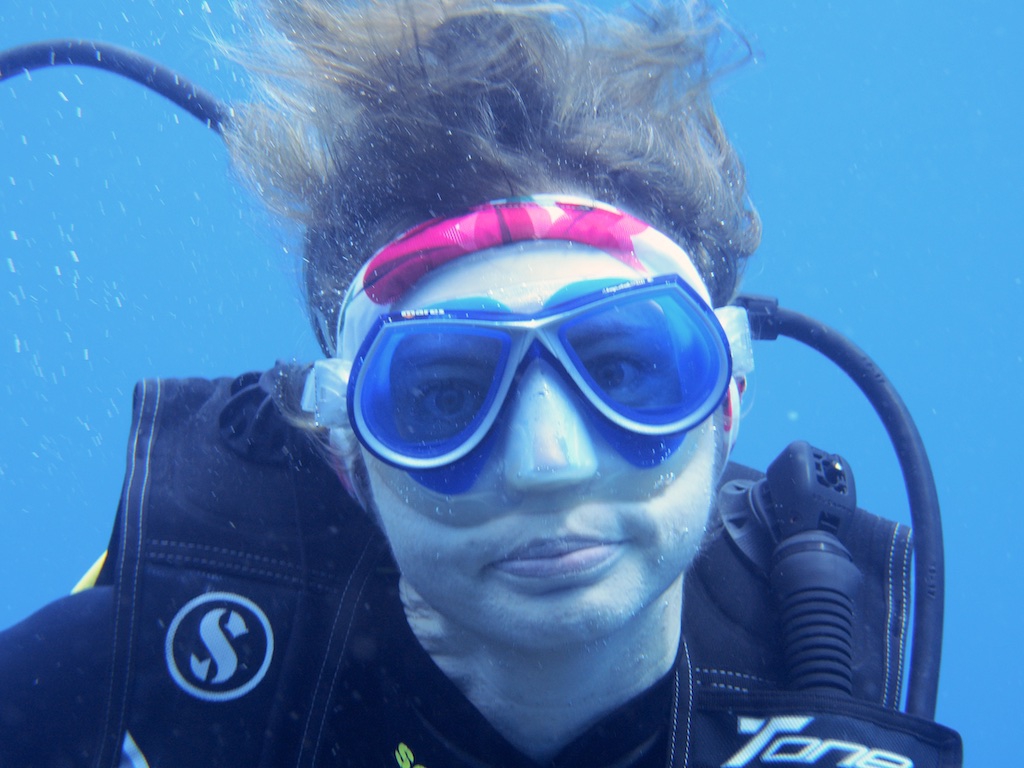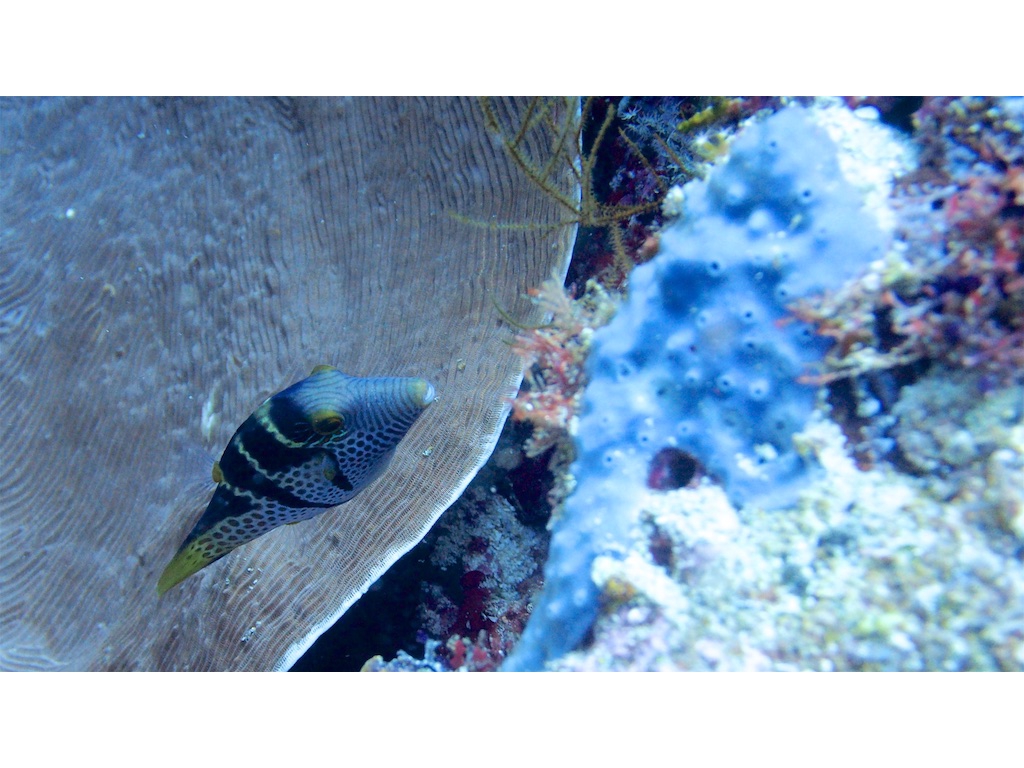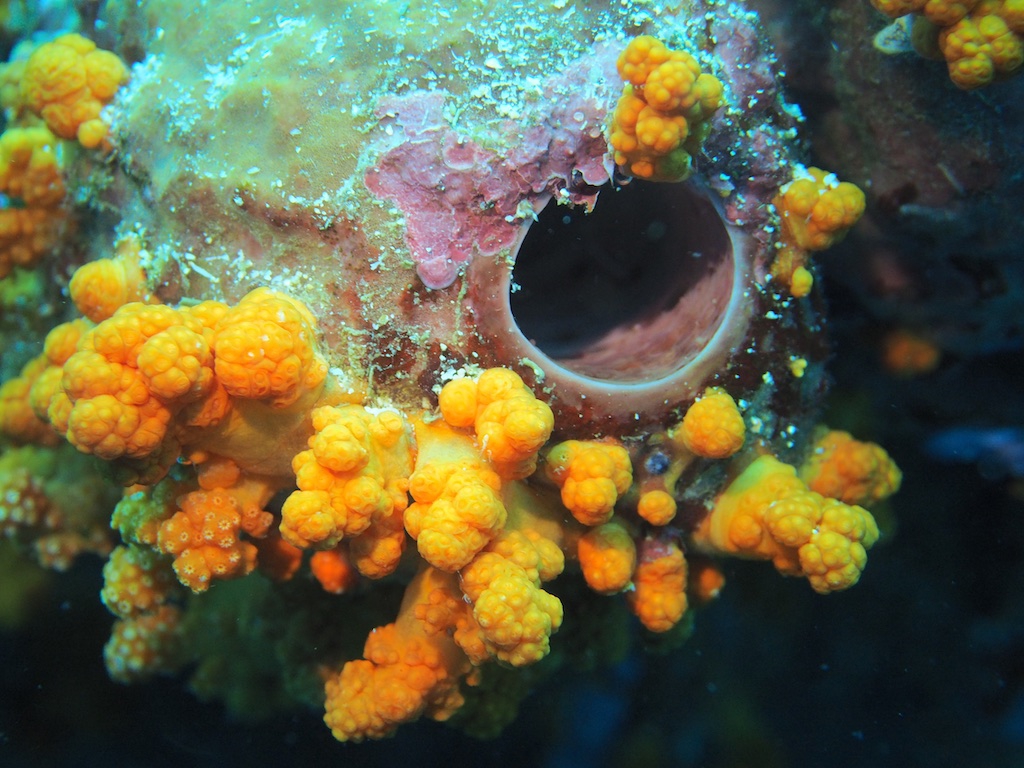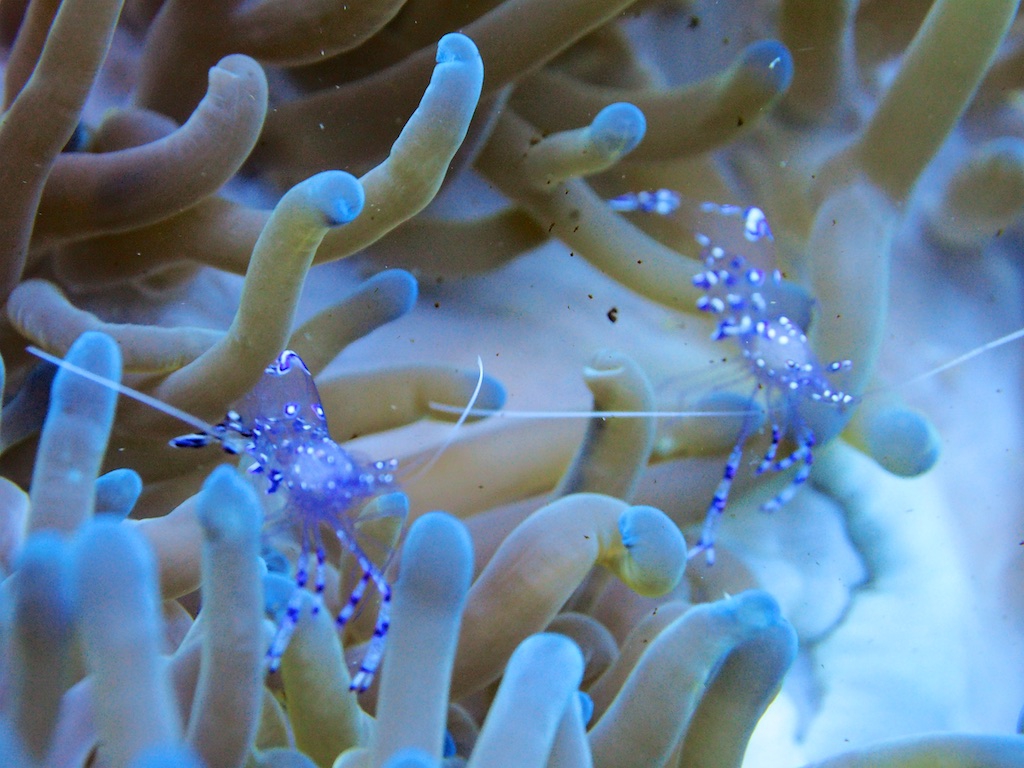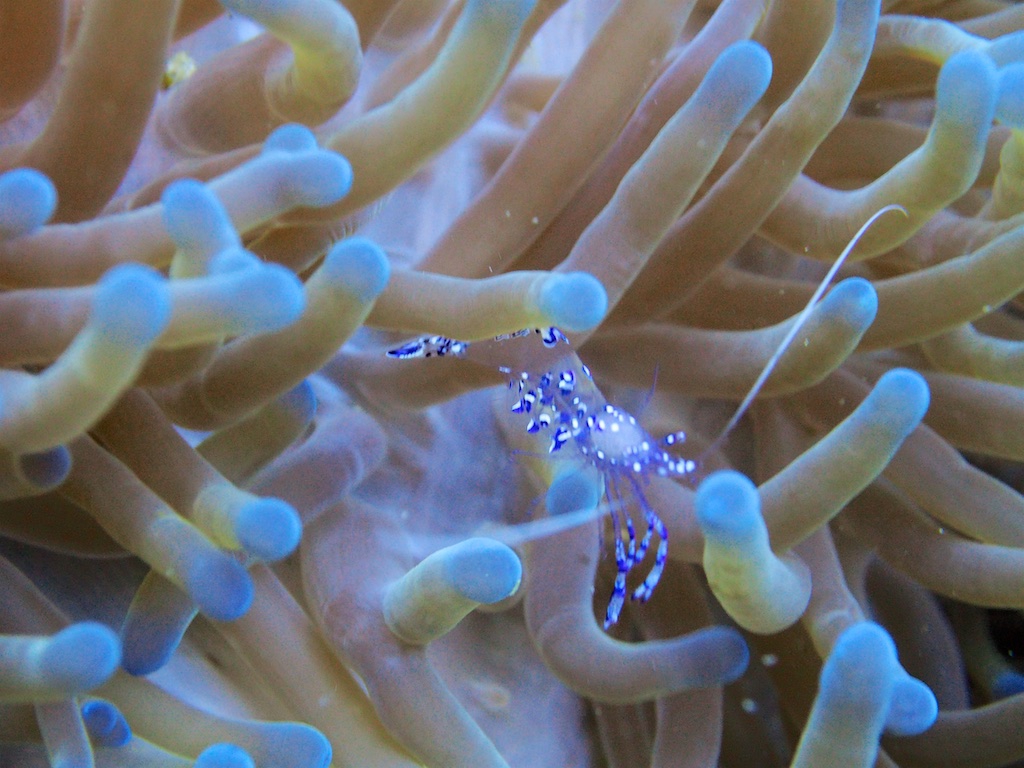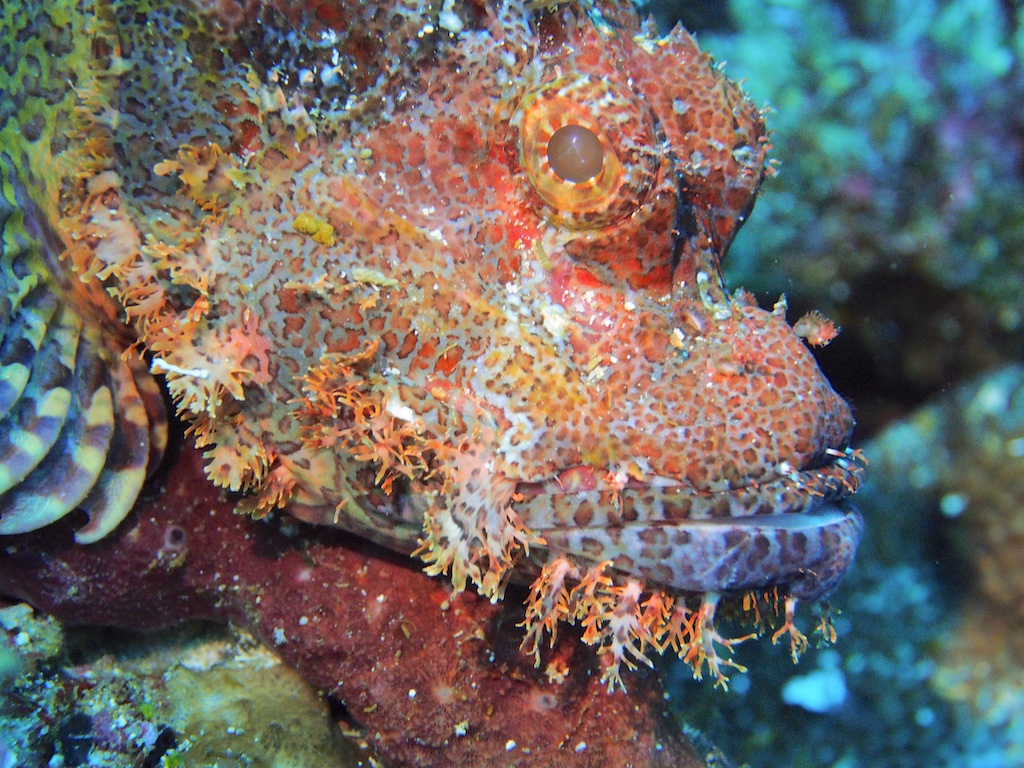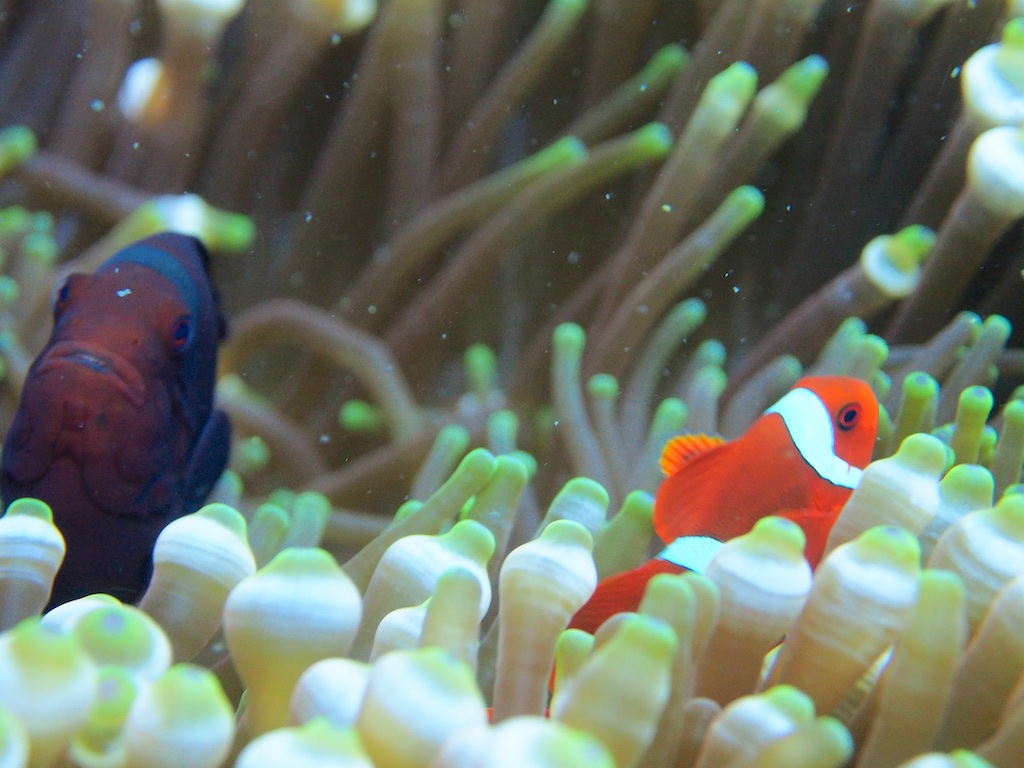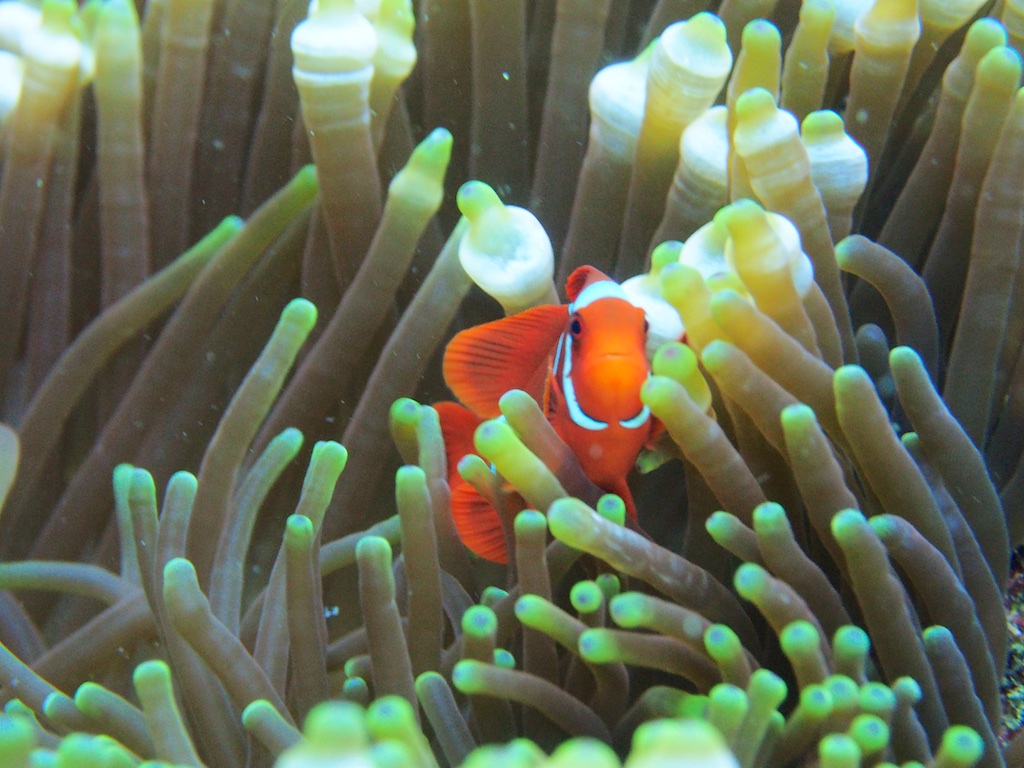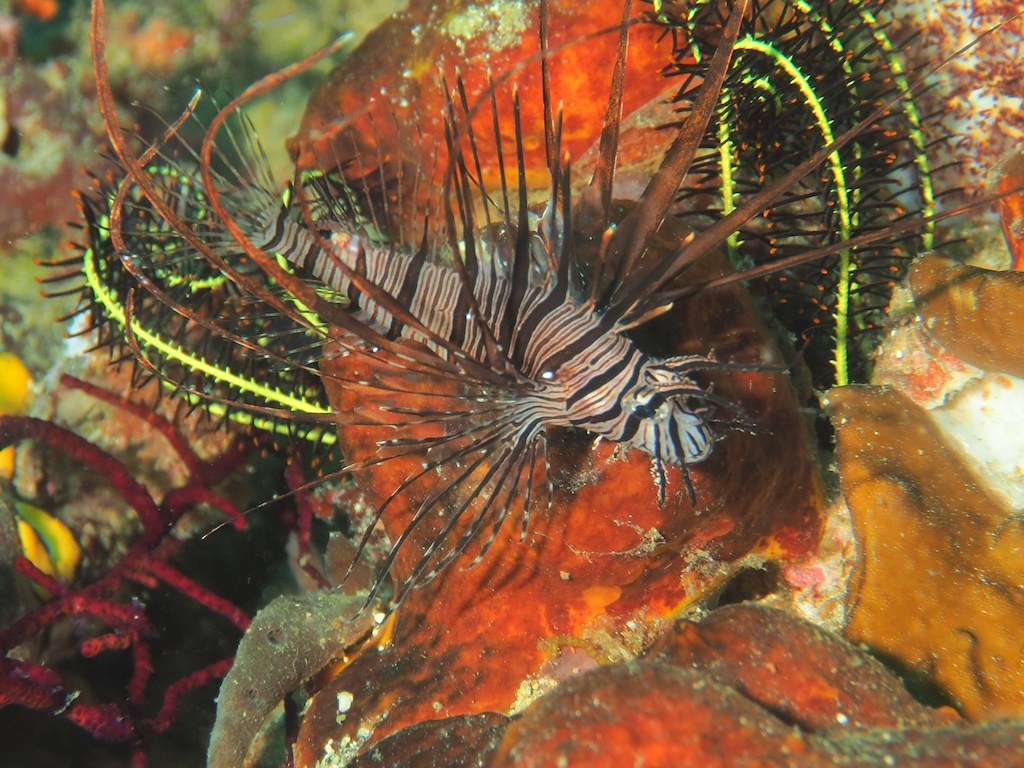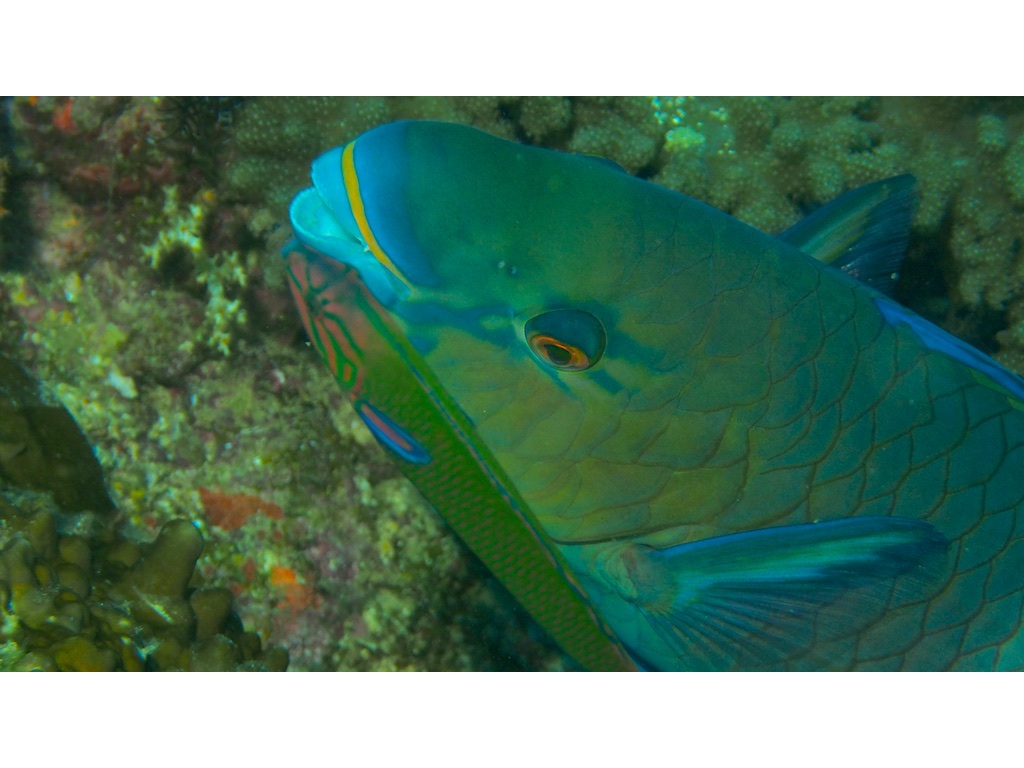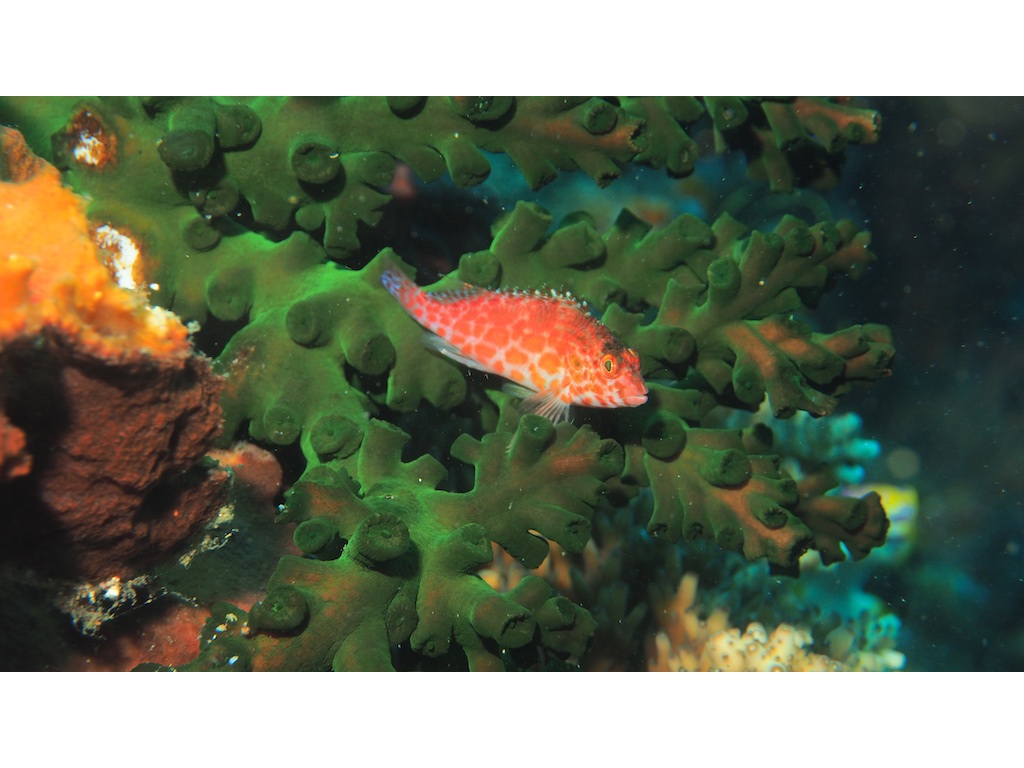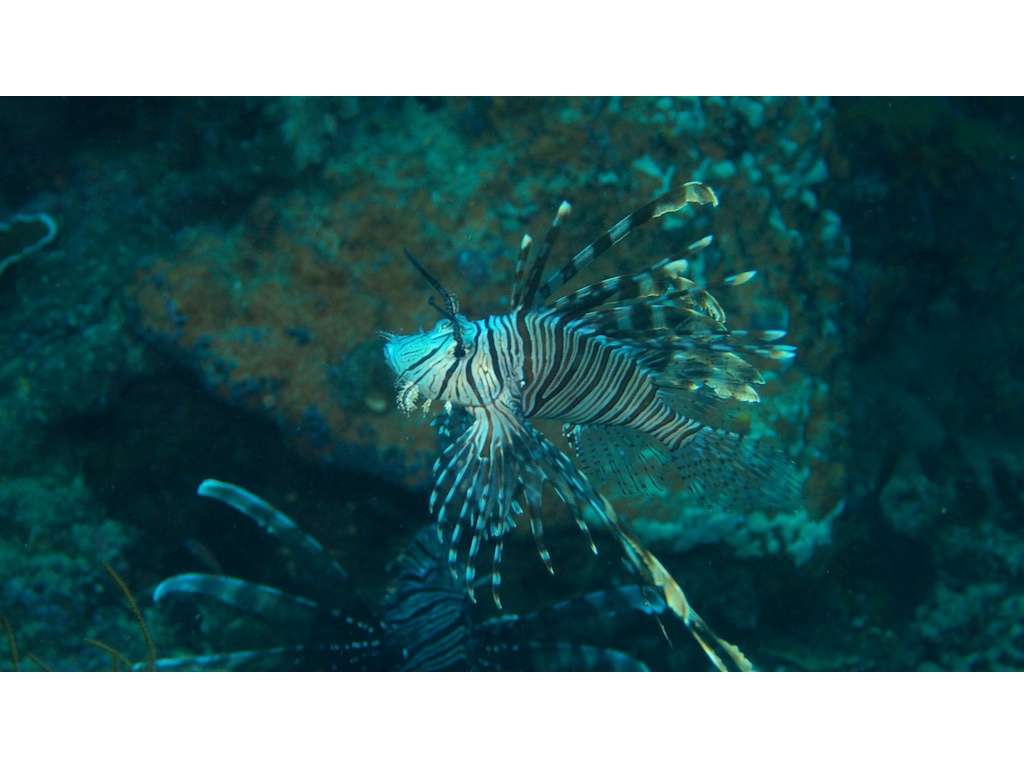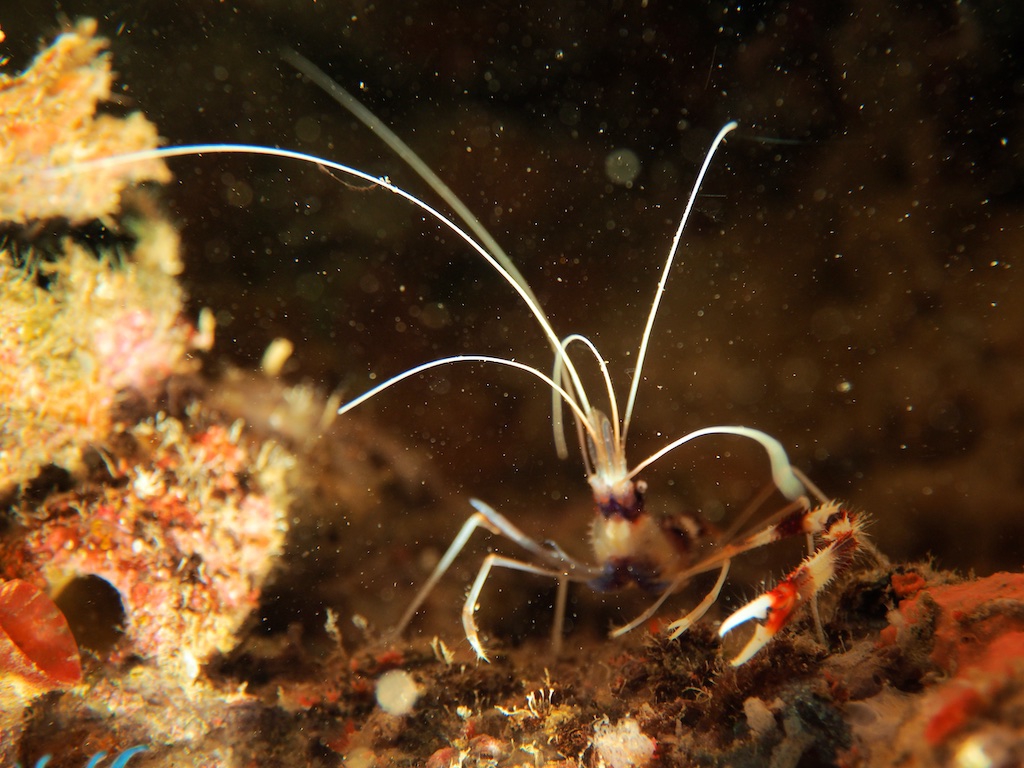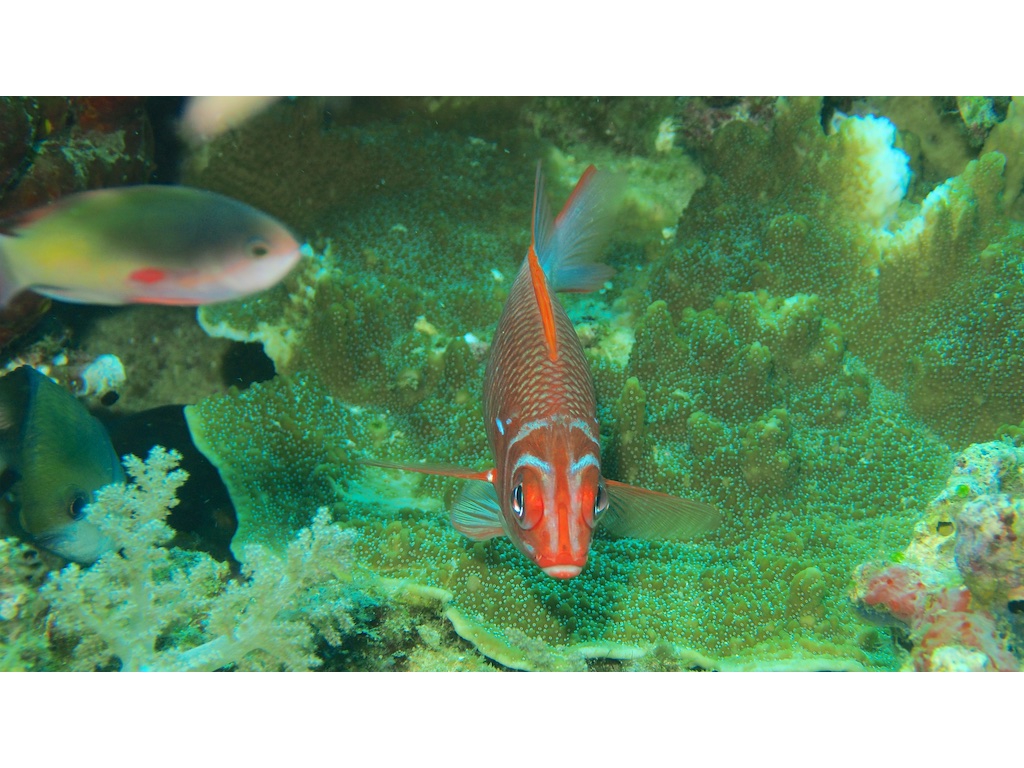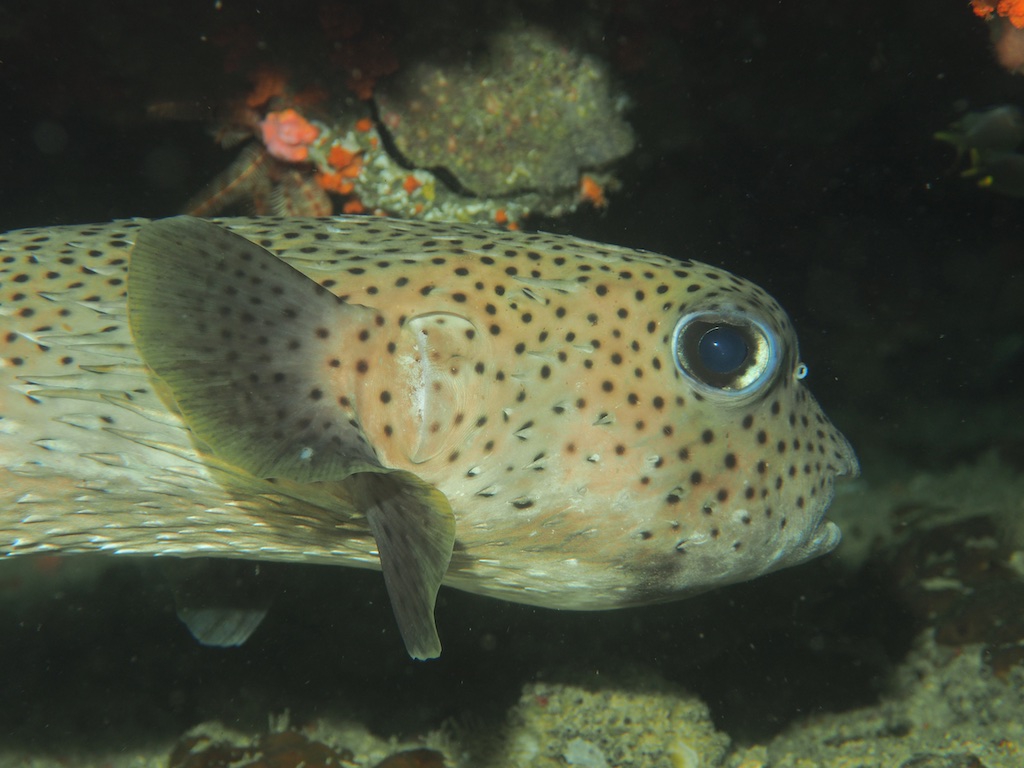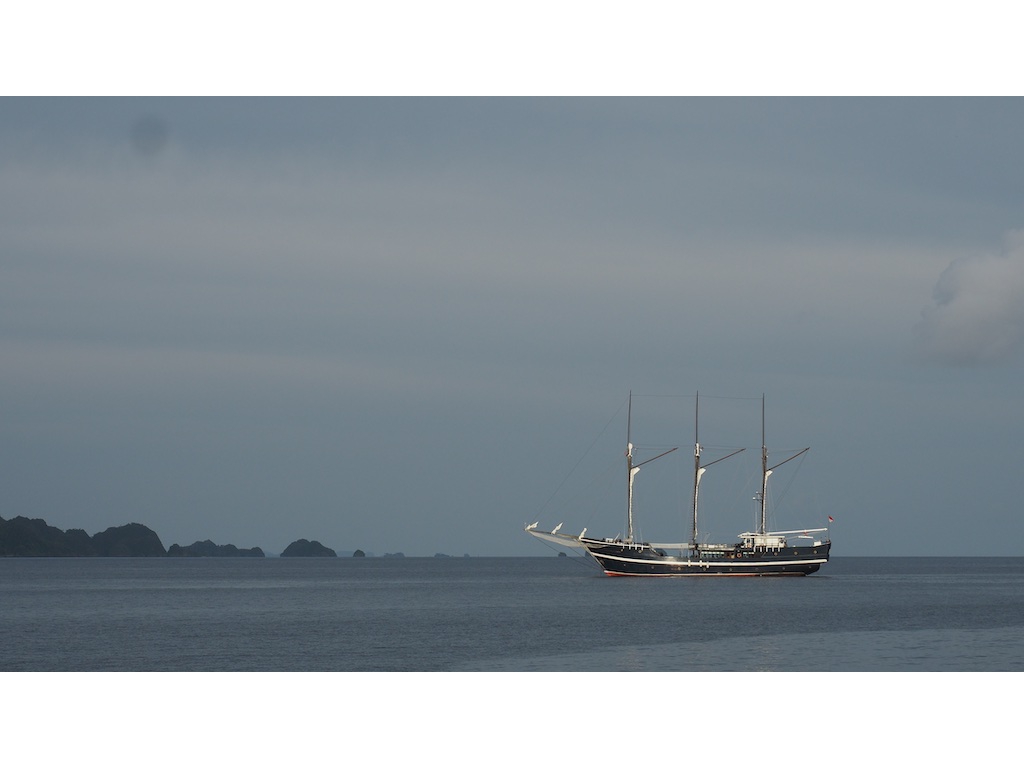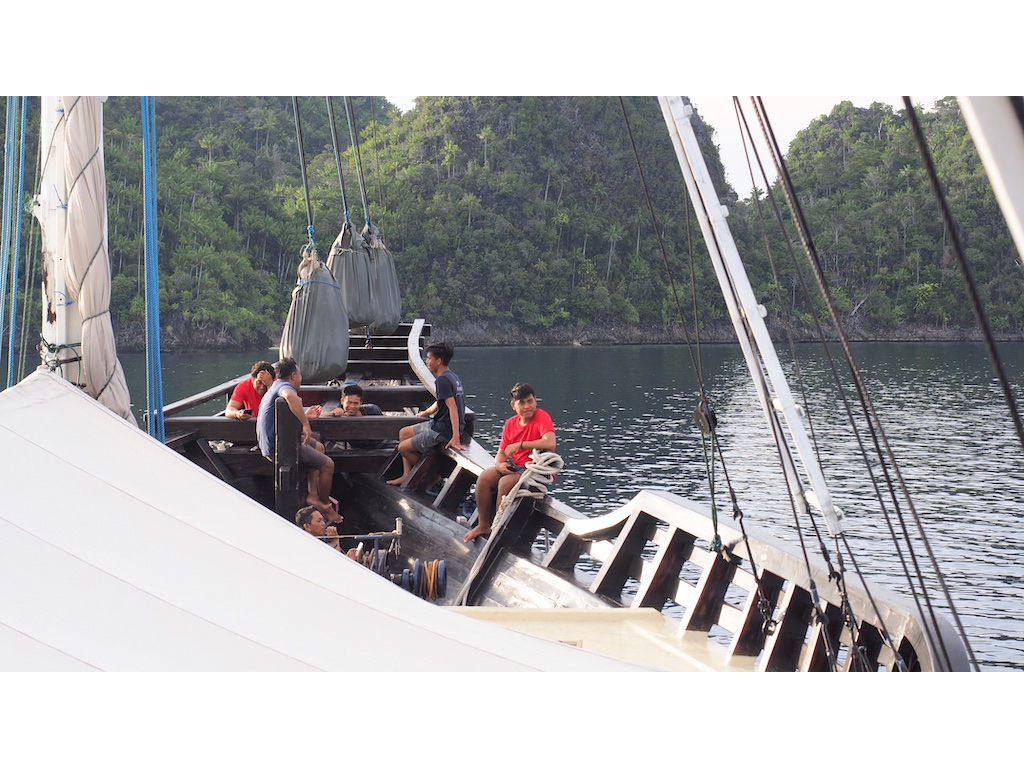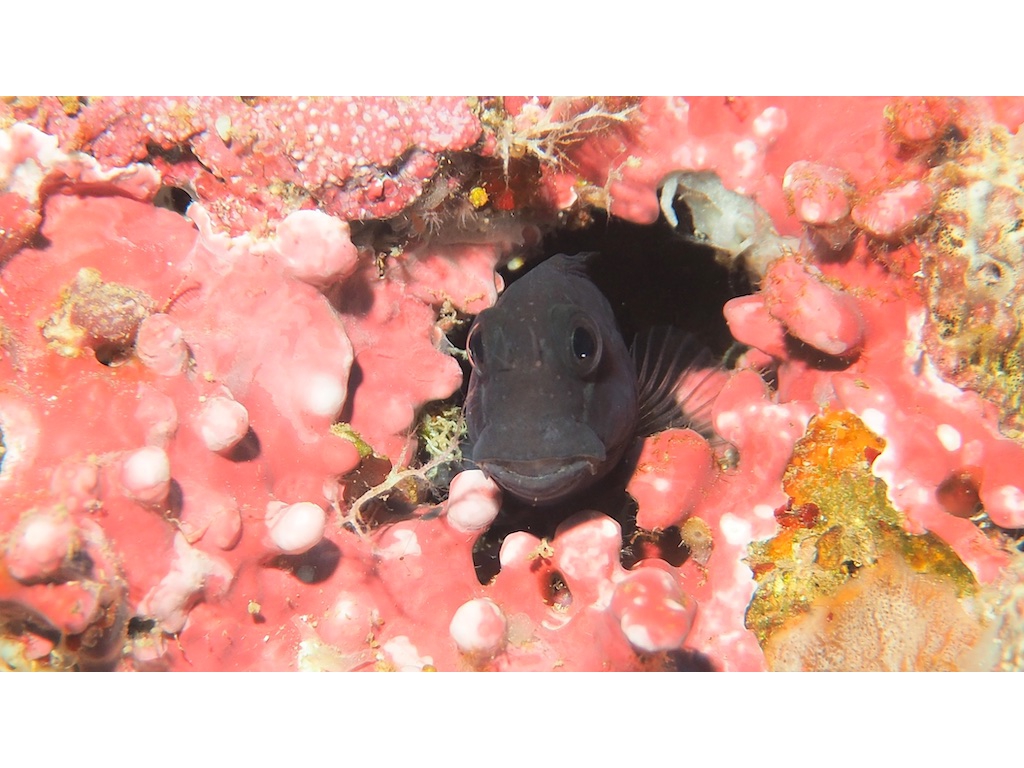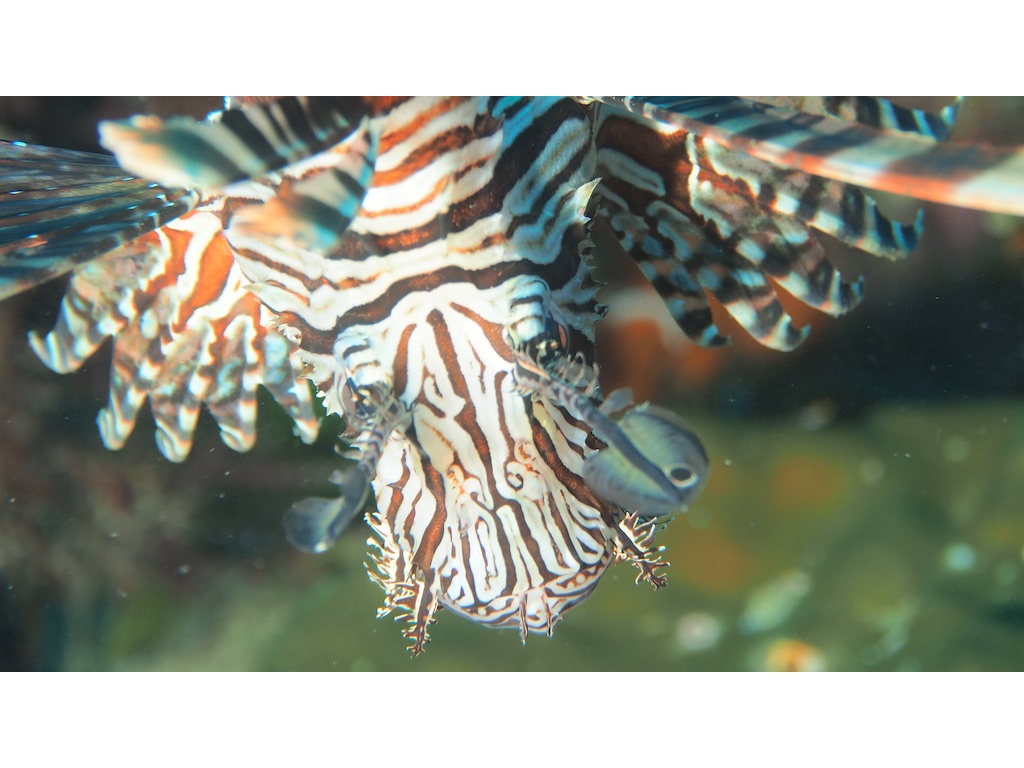Raja Ampat, the oceanic natural resources around Raja Ampat give it significant potential as a tourist area. Many sources place Raja Ampat as one of their top ten most popular places for diving whilst it retains the number one ranking for underwater biodiversity. According to Conservation International, marine surveys suggest that the marine life diversity in the Raja Ampat area is the highest recorded on Earth. Diversity is considerably greater than any other area sampled in the Coral Triangle composed of Indonesia, Malaysia, Philippines, Papua New Guinea, Solomon Islands, and East Timor. The Coral Triangle is the heart of the world's coral reef biodiversity, making Raja Ampat quite possibly the richest coral reef ecosystems in the world. The area's massive coral colonies along with relatively high sea surface temperatures, also suggest that its reefs may be relatively resistant to threats like coral bleaching and coral disease, which now jeopardize the survival of other coral ecosystems around the world. The Raja Ampat islands are remote and relatively undisturbed by humans. The crown-of-thorns starfish eats Raja Ampat's corals, and the destruction this causes among reefs has posed a threat to tourism. The crown-of-thorns starfish, which "can grow as big around as a trash-can lid", has proliferated due to increasing nitrogen in the water from human waste, which in turn causes a spike in phytoplankton on which the starfish feed. In 2019, local divers had begun the task of reducing starfish populations by injecting the starfish with a 10% vinegar solution; the dead starfish can then be eaten by local fish. The high marine diversity in Raja Ampat is strongly influenced by its position between the Indian and Pacific Oceans, as coral and fish larvae are more easily shared between the two oceans. Raja Ampat's coral diversity, resilience, and role as a source for larval dispersal make it a global priority for marine protection. 1,508 fish species, 537 coral species (a remarkable 96% of all scleractinia recorded from Indonesia are likely to occur in these islands and 75% of all species that exist in the world), and 699 mollusk species, the variety of marine life is staggering. Some areas boast enormous schools of fish and regular sightings of sharks, such as wobbegongs. Raja Ampat Islands have at least three ponds containing harmless jellyfish, all in the Misool area.
